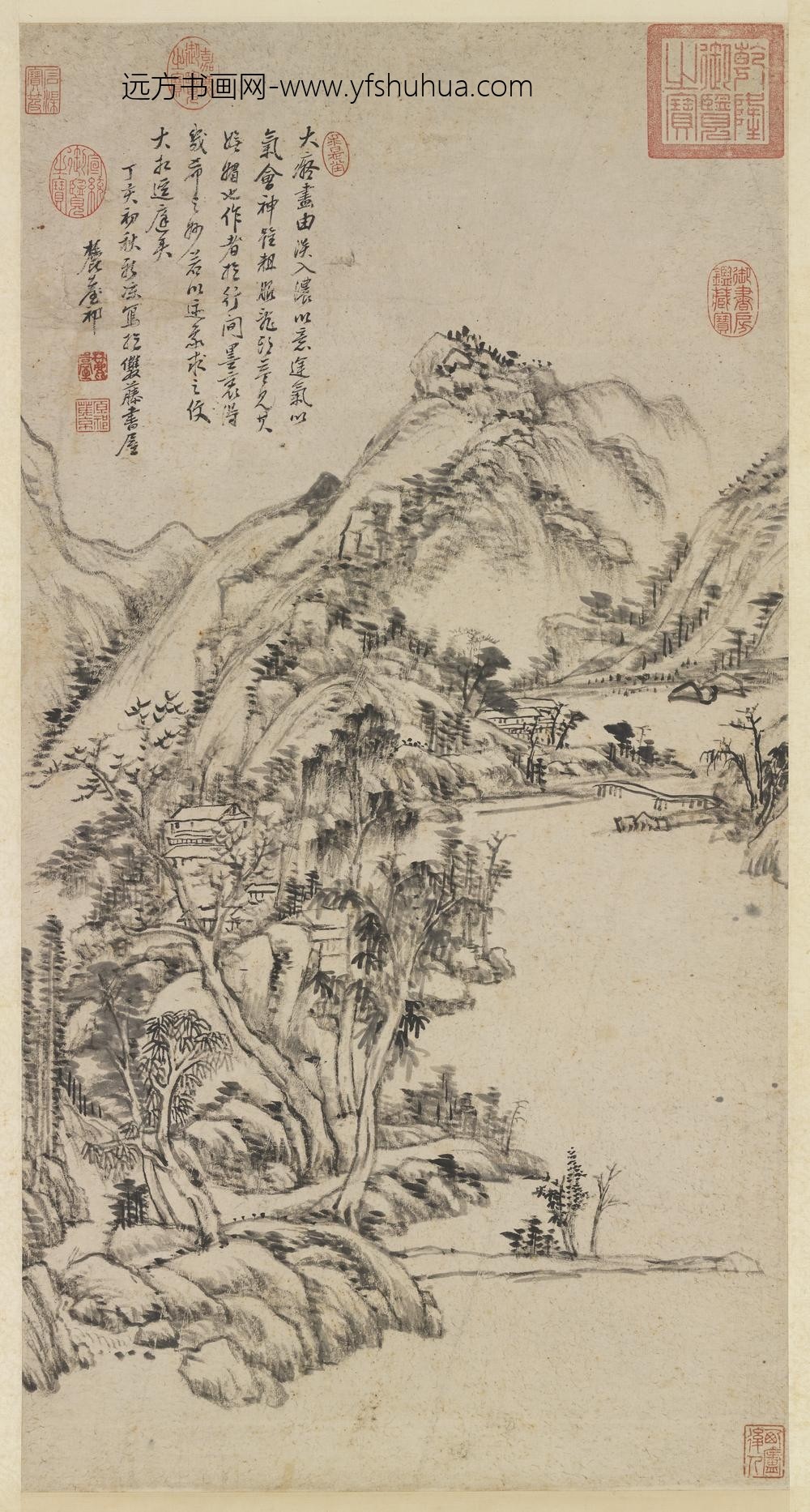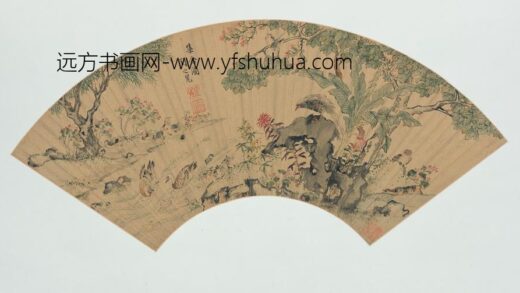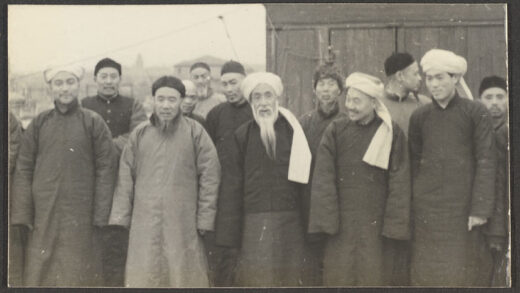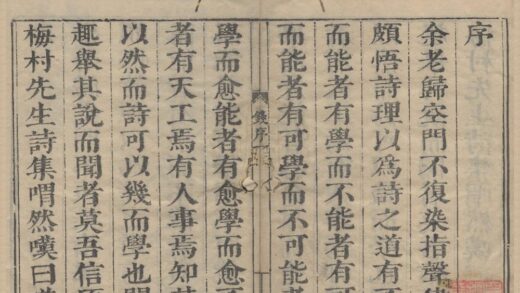【作品基本信息】
| 作者 | 王原祁 |
| 品名 | 仿黄公望笔意图轴 |
| 朝代 | 清代 |
| 文件大小 | 18.04MB |
| 分辨率(DPI) | 300×300 |
| 像素大小 | 1795×3351 |
| 尺寸(CM) | 15.19×28.37 |
| 创作时间 | 清圣祖康熙四十六年(1707) |
| 作品数量 | 1 |
| 作品收藏 | 台北故宫博物院 |
| 图片格式 | 默认提供TIF和JPG两个版本 |
基本数据
| 藏品类型 | 绘画 |
| 品名 | 清王原祁仿黄公望笔意 轴 In Imitation of the Style of Huang Kung-wang |
| 分类 | 绘画 |
| 作者 | 王原祁 |
| 创作时间 | 清圣祖康熙四十六年(1707) |
| 数量 | 一轴 |
典藏尺寸
| 【位置】 | 【尺寸】(公分) |
| 本幅 | 85.2×44.7 |
质地
| 【质地位置】 | 【质地】 |
| 本幅 | 纸 |
题跋数据
| 【题跋类别】 | 【作者】 | 【位置】 | 【款识】 | 【书体】 | 【全文】 |
| 作者款识 | 王原祁 | 本幅 | 大痴画。由淡入浓。以意运气。以气会神。虽粗服乱头。益见其妩媚也。作者于行间墨里。得几希之妙。若以迹象求之。便大相径庭矣。丁亥(公元一七0七年)初秋新凉。写于双藤书屋。麓台祁。 | 草书 | |
| 印记: 求是堂、麓台、原祁茂京、西庐后人 |
|||||
印记资料
| 【印记类别】 | 【印记】 |
| 鉴藏宝玺 | 乾隆御览之宝 |
| 鉴藏宝玺 | 嘉庆御览之宝 |
| 鉴藏宝玺 | 宣统御览之宝 |
| 鉴藏宝玺 | 御书房鉴藏宝 |
| 鉴藏宝玺 | 石渠宝笈 |
主题
| 【主题类别】 | 【主题(第一层)】 | 【主题(第二层)】 | 【主题说明】 |
| 主要主题 | 山水 | ||
| 其他主题 | 建筑 | 房舍 | |
| 其他主题 | 建筑 | 桥 | |
| 其他主题 | 树木 | 寒林.枯树 | 枯树 |
| 其他主题 | 树木 | ||
| 其他主题 | 山水 | 溪涧、湍泉 | 湍泉 |
| 其他主题 | 山水 | 江河、湖海 | 江河 |
技法
| 【技法】 | 【技法细目】 |
| 皴法 | |
| 苔点 |
参考数据
| 【类别】 | 【参考数据】 |
| 收藏着录 | 石渠宝笈初编(御书房),下册,页1162 |
| 收藏着录 | 故宫书画录(卷八),第四册,页97 |
| 收藏着录 | 故宫书画图录,第十册,页311-312 |
| 参考书目 | 1.江兆申,〈清王原祁仿黄公望笔意〉,收入胡赛兰编,《清王原祁画山水画轴特展》(台北:国立故宫博物院,1997年初版),页123。 2.陈昱全,〈清王原祁仿黄公望笔意〉,收入何传馨主编,《山水合璧:黄公望与富春山居图特展》(台北:国立故宫博物院,2011年五月初版一刷),页351-354。 |
| 内容简介(中文) | 王原祁,江苏太仓人,(公元一六四二至一七一五)时敏之孙。字茂京,号麓台。康熙庚戌进士,历官少司农。画由家学,远迈时伦,为清四大家之一。 画树画山,皆草草若不经意,而笔墨精练,实从锤炼中出也。此帧用意极得子九(黄公望)心法,觉与富春山居图卷有相契处。惟侧笔特多,不免思翁(董其昌)之影响耳,六十六岁作。 |
| 内容简介(英文) | Wang Yűan-ch’i was a native of T’ai-ts’ang, Kiangsu. He was a grandson of the noted artist and collector Wang Shih-min (1592-1680), and is included among the Four Great Masters of the Ch’ing Dynasty. The trees and mountains are freely painted, as if the artist had not considered them carefully. But Wang Yűan-ch’i’s use of brush and ink is quite skilful. In this scroll Wang Yűan-ch’i was extremely successful in achieving the essence of Huang Kung-wang’s style. There are close relationships between this scroll and Huang Kung-wang’s “Dwelling in the Fu-ch’un Mountains” handscroll. Wang Yűan-ch’i painted th2is landscape when he was 66 years old. |
| 内容简介(中文) | 本幅近景描绘水平向右突出的水岸,有高大的树丛将近景连贯至后方主山,山体层层堆栈、延伸扭转,合于王原祁画论讲究的「气势」。用笔精要简约,以干笔勾画树石山体后再作皴擦,较少晕染。题识:「大痴画,由淡入浓,以意运气,以气会神,虽粗服乱头,益见其妩媚也。作者于行间墨?,得几希之妙,若以迹象求之。便大相径庭矣。」此轴作于1707年,构图及物象布排与另一幅同年巨作〈仿黄公望秋山图〉近似,或出于同稿。(20110609) |
| 内容简介(英文) | The foreground of this painting depicts a bank stretching out to the right into the water with large trees connecting the foreground to the main mountain in the background. The hills are piled in layers that twist back and forth, according with the idea of “breath force” that Wang Yuanqi emphasized in painting theory. The essentials of brushwork are succinct, with a dry brush outlining the rocks and trees, after which texturing and a few washes were added. Wang’s inscription reads, “Huang Gongwang’s painting goes from light to dark, transforming idea into energy, and then energy to transmit the spirit. Although appearing unkempt [at first glance], it is easy to see the beauty. Moving amidst the ink in the work, one can achieve few of its marvels if only seeking the forms, which is something very different.” This hanging scroll from 1707 is similar to Wang’s masterpiece of the same year, “In Imitation of Huang Gongwang’s ‘Autumn Mountains,’” in terms of composition and arrangement of motifs, perhaps both being from the same draft.(20110609) |
【作品展示】





